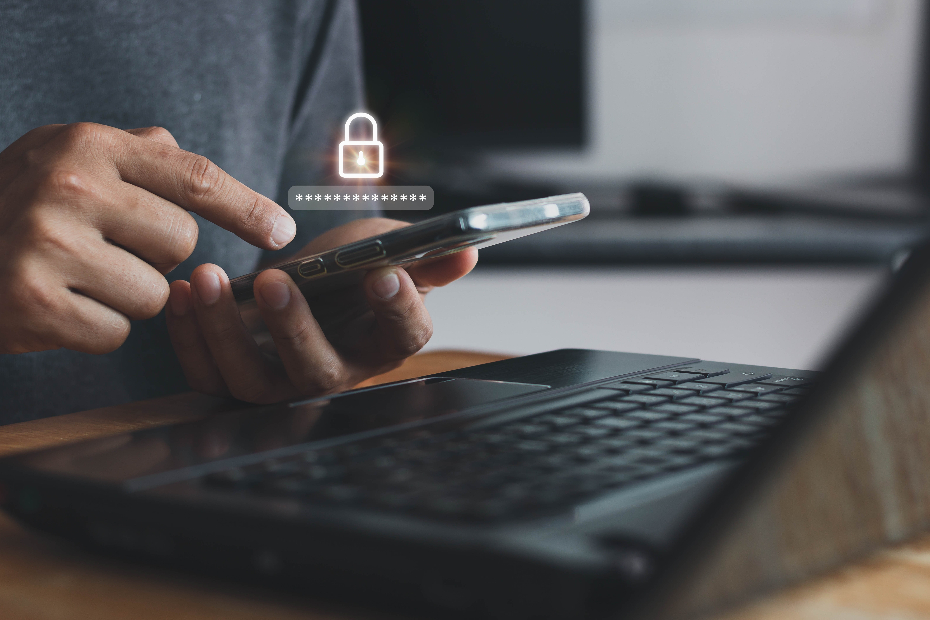Published October 20, 2022 • 4 Min Read
Cyber crime is rising in Canada, affecting individuals, families and businesses alike. That’s the bad news. The good news is that being cyber safe doesn’t take a lot of work — instead, it’s a matter of knowing what to do to keep hackers and scammers out of your systems and accounts. Our Cyber Safety 101 series is designed to give you some basic tools and tips that can go a long way to protecting yourself, your family and your data in the digital world.
While P2P payment apps aren’t as popular in Canada as they are in the U.S., they are growing in popularity. They offer a quick, convenient way to send money to someone via mobile device, often with a single click or a swipe. Plus, you don’t need to know the other person’s account details — you simply search for someone’s name or phone number in the app to make your payment.
But features that make payment apps attractive may also make users vulnerable to scams. For instance, the simplicity of the apps (you only need an email address or phone number to create an account) makes it easy for scammers to set up an identity. And the speed of transactions — P2P payments clear instantly — means users have no time to cancel a payment after it’s made.
What do P2P scams look like?
While several P2P scams are making the rounds today, they usually have a few common characteristics.
- Often, a scammer is a poser — pretending to be your bank, a ticket seller or an interested buyer for something you’re selling online.
- Then they try to trick you into transferring money to them via a P2P payment. They may say it’s for an overpayment that you need to refund. Sometimes it’s for fake goods or services.
- By the time you realize the transfers weren’t legit, the scammer has deleted their account and disappeared.
How to protect yourself
Transferring bank-to-bank is the safest if you need to make a P2P payment. Built-in fraud controls help protect against unauthorized transactions and make it harder for scammers to get away with their tricks and traps. For a safer option, transfer bank-to-bank or with another platform that utilizes similar security mechanisms.
If you have to use a P2P payment app, there are a few ways to help keep your money safe and your account secure.
Keeping hackers out
To help keep hackers out of your P2P account, be sure to:
- Create a complex password when setting up your account
- Add a second step (two-factor authentication) before money can be sent
- Use a secure network (not free Wi-Fi) when using your P2P payment app
- Log out after you’ve completed your transfer
Avoiding P2P payment scams
Scammers are savvy and know how to trick people into sending them money. Here’s how to dodge their tricks.
- Only send or request money from someone you know and trust
- Don’t rush. If someone is pressuring you to send payment immediately, it could mean trouble
- Avoid clicking links and sharing personal information requested via email — your bank and other legitimate businesses will not ask you to share information this way
- Triple-check the transaction details. Once the money is sent, it’s gone — it’s the same as sending cash
Looking for more great tips? Our Cyber Security Playbook, The Vault, is packed with great tips for securing your social media accounts. And it has more helpful steps and information to boost your cyber skills.
Visit The Vault for more tips on keeping yourself and your data cyber safe.
This article is intended as general information only and is not to be relied upon as constituting legal, financial or other professional advice. A professional advisor should be consulted regarding your specific situation. Information presented is believed to be factual and up-to-date but we do not guarantee its accuracy and it should not be regarded as a complete analysis of the subjects discussed. All expressions of opinion reflect the judgment of the authors as of the date of publication and are subject to change. No endorsement of any third parties or their advice, opinions, information, products or services is expressly given or implied by Royal Bank of Canada or any of its affiliates.
Share This Article






